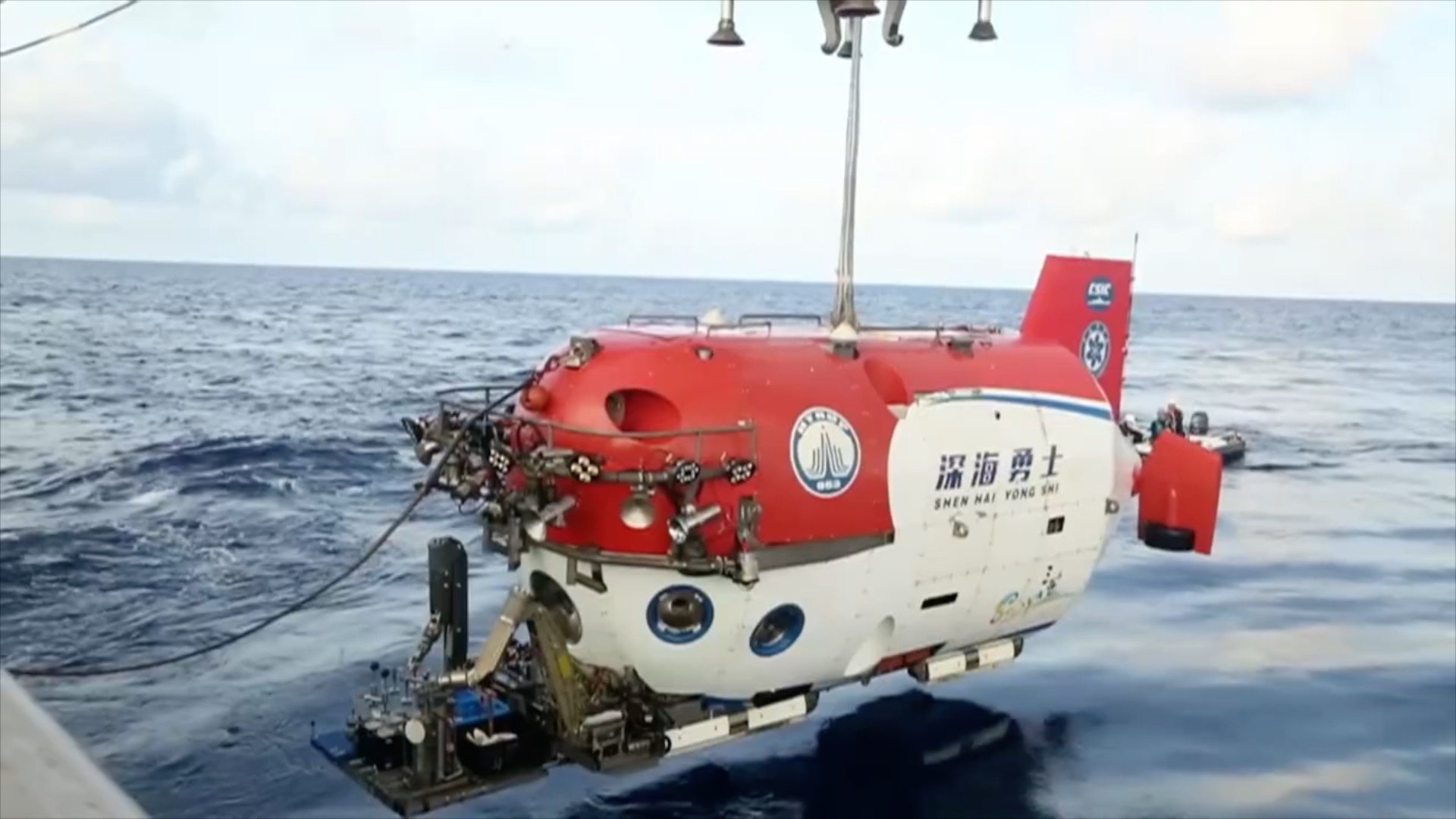00:40

The Chinese research vessel Exploration 2 carrying the deep-sea manned submersible "Deep Sea Warrior" returned home Wednesday after completing a trial mission of a deep-sea in-situ laboratory in the South China Sea.
The laboratory is equipped with a number of high-end sensing and detection equipment, including a deep-sea MEMS gas chromatograph, a deep-sea spectrometer and a deep-sea mass spectrometer.
The sea test aimed to verify the underwater performance and long-term operation reliability of the system.
"Equipped with different sensing devices, the in-situ laboratory is able to carry out scientific research on different targets in different ocean areas, such as cold springs, hydrothermal zones or abyssal zones," said Zhao Bin, an associate researcher at the Shanghai Institute of Microsystem and Information Technology, Chinese Academy of Sciences (CAS).
During the expedition, a number of important fluid, sediment and biological samples were obtained in the "Haima" cold spring area and two active cold spring areas to its northeast.
Meanwhile, the in-situ laboratory carried out a 72-hour observation of the fluid composition and microbial community at one hole of cold spring fluid leakage.
"We found that the three cold spring areas had different fluid activity scales, leakage rates and biological community characteristics. The fluid activity in the 'Haima' cold spring area was also significantly lower than before. We will conduct comparative studies on the videos and samples obtained from these three cold spring areas in different development stages to understand their development so as to have a systematic understanding of the basic development law and characteristics of cold springs and hydration in the South China Sea," said Du Mengran, a researcher with the Institute of Deep-Sea Science and Engineering, CAS.
(Source: CCTV Plus)

